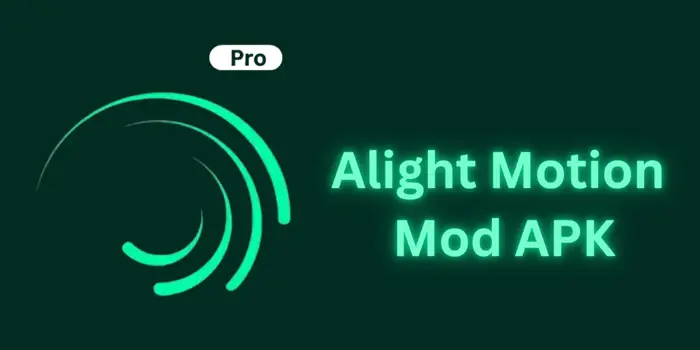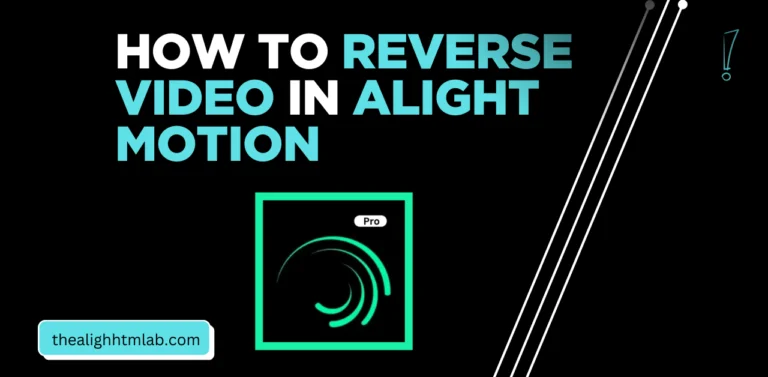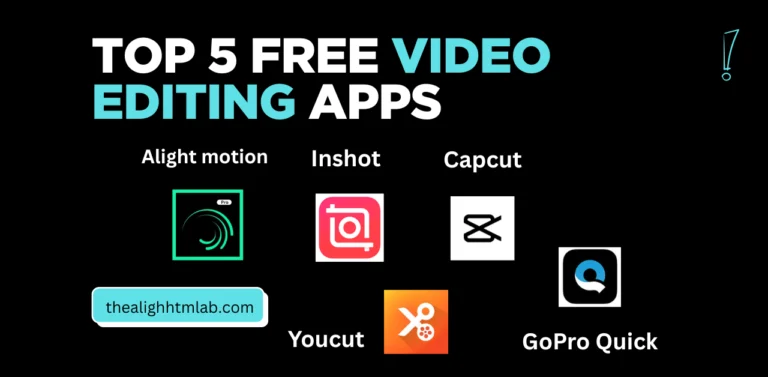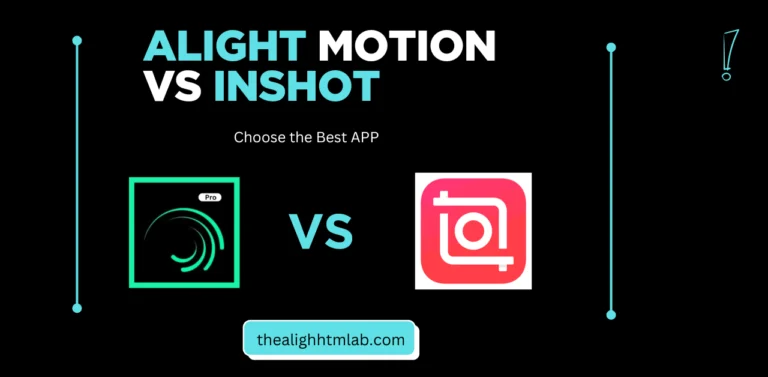7 Powerful Tricks to Master Velocity Edits on Alight Motion Like a Pro
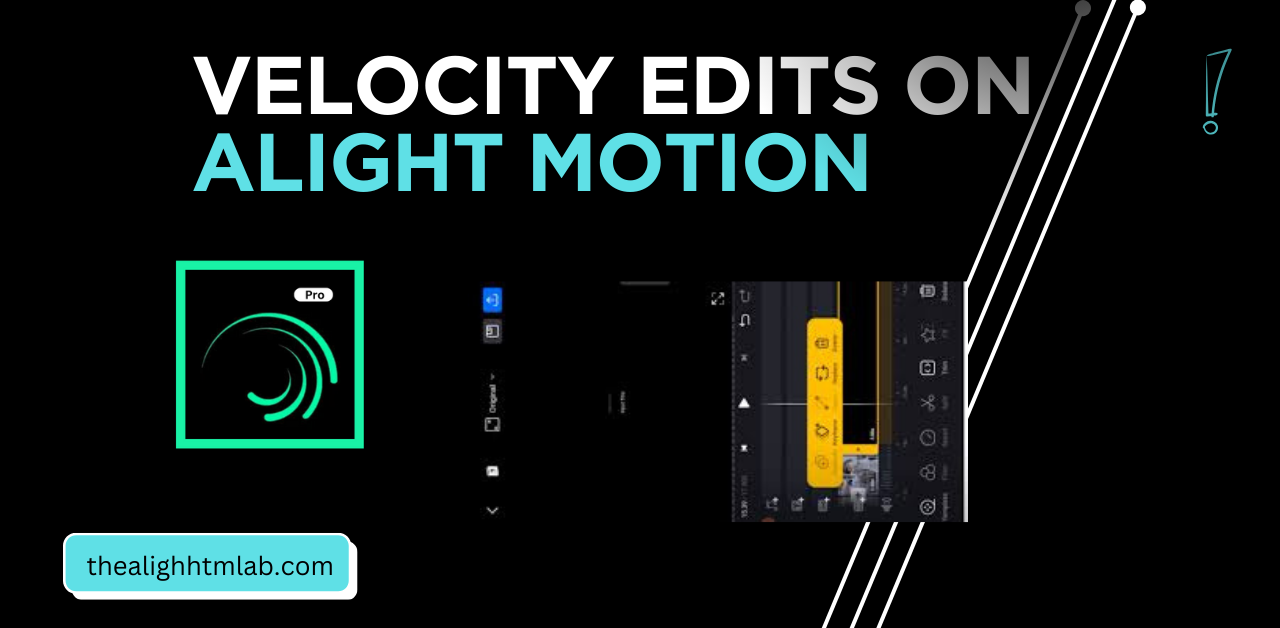
Using Alight Motion for day-to-day editing tasks has changed how I create content. At first, I wasn’t aware of velocity edits on Alight Motion, but after some step-by-step learning, I started to understand the concept. With the help of a simple guide, I learned how to do smooth velocity edits, which really improve the final result.
Back when velocity tools first made their arrival in the video editing industry, many apps, including Alight Motion, didn’t have the feature. It was a new idea still going through enhancements, and only a few competitors were introducing it.
Luckily, developers kept working hard and began adding these necessary tools. Now, Alight Motion Mod APK is known for providing some of the best video editing features, and many users prefer it for creative edits.
From my experience, using the Alight Motion Mod APK can really transform how you approach creative editing. What started as a curiosity turned into one of my favorite editing styles. And that initial arrival of velocity editing? It was a total success.
What is Velocity Editing?
When I began working on videos, I didn’t know much about velocity editing, but once I explored it through Alight Motion, it quickly became one of my favorite tools. It allows you to customize the speed of a video, helping you create more dynamic and engaging visuals.
One thing I found important was understanding FPS, or Frames per second. The frame rate plays a big role in how smooth a video looks. For example, most online videos, movies, and shows on TVs are usually set to 24 FPS. That value gives a natural, cinematic feel.
But if you’ve watched fast-moving scenes like sports channels, news programs, or concerts, they often run at 30 FPS. That extra 6 fps can make a huge difference by giving a much smoother motion and a better visual experience.
Learning how to adjust velocity and frame rate has really increased the quality of my edits and made my content feel more professional.
Basics Understanding of FPS Value in Velocity Editing
When I first started with velocity editing, I wasn’t really aware of how important FPS values are. I only knew the basic stuff like trimming and cutting. But as I got more into editing, I learned that understanding the concept of frame rate can completely change the way your videos look.
There’s always a debate about whether a higher fps or lower fps is better. From my own experience, if you’re planning to do slow-motion edits, it’s best to target a high FPS. It gives you more control over the speed and results in smoother motion.
I tested this by editing two videos one in 30 fps, and the other in 90 fps. After I made a change in speed, the 90 fps video clearly produced a better and more visually appealing slow motion result compared to the 30 fps one.
So if you’re looking to use velocity editing more efficiently, always consider using higher FPS, especially in situations where smooth motion really matters.
Benefits of Velocity Editing
When I first explored video editing, I thought changing the speed of videos was just a basic task either speeding them up or slowing them down. However, after I started using Velocity editing in Alight Motion, I realized there’s much more to it. Instead of adjusting the speed for the whole video, you can now focus on changing the specific part of it.
For example, imagine you have a 60-second video. With velocity editing, you can increase the speed of the first 20 seconds and decrease the speed of the last 20 seconds. This opens up many possibilities to add creative effects in different sections of your video.
The ability to add such detailed adjustments really changed the way I approach editing. It’s no longer just about speeding up or speeding down the entire video. You can now create amazing results by carefully adjusting speed in specific areas. It’s a great way to make your edits stand out!
Also Read: Alight Motion Mod APK For PC
Steps to do Velocity Edits on Alight Motion?
When I first learned how to do Velocity Editing on Alight Motion, I was a bit confused about where to start. But after a few tries, it became pretty simple and fun. Here’s how you can successfully do it too.
First, create a project where you plan to use Velocity editing. Start by adding some basic keyframes, Visual effects, and Fonts to your video at normal speed. This helps you get your video ready for the next steps.
Once your video is set up, it’s time to enhance it with the velocity editing feature to improve its visual appeal. If you’re using Alight Motion, your video will likely be in layers. You need to decide which layer you want to alter by changing its speed.
After selecting the layer you want to adjust, look at the bottom left corner of your mobile device. You’ll see a graph option there. Tap on it, and it will show you different Easing Keyframes like Linear, Easy in, Easy Out, and Easy in and Out. These are different speed options that you can apply to your selected layer.
Pick the one that works best for your video and save the changes. You can repeat these steps for all the layers you want to change.
Once you’re done, preview the video to make sure everything is working as expected. If it looks good, save your project in the desired format, and you’re all set!
Troubleshooting Some Common Issues
When working with Velocity editing in Alight Motion, you may face some common issues. Here’s how you can troubleshoot them effectively:
Step 1: Fixing Uneven Playback
If your video playbacks appear uneven, it can be frustrating to work with. To solve this, lower the preview Quality Settings. This adjustment helps the video run more smoothly during the editing process.
Step 2: Resolving Velocity Changes Issues
If the velocity changes you make don’t appear as expected, the issue may be with the keyframes. Ensure that your keyframes are properly adjusted. This will help your changes reflect as intended.
Step 3: Solving Audio Sync Issues
Sometimes, the audio might become unsynchronized with the video. To resolve this, make sure that the audio track is adjusted properly to sync well with the video. This ensures a seamless editing experience.
By following these troubleshooting steps, you can handle most Velocity editing issues in Alight Motion.
Additional Resources and Tips
For improving your Velocity edits on Alight Motion, there are some excellent resources and tips you can use. First, consider joining the Alight Motion community forums, where you can interact with experienced people in the video editing industry. It’s a great way to learn from others and get advice on improving your skills.
You can also watch Video Tutorials on platforms like YouTube and Facebook. These tutorials will help you understand how to use the Alight Motion Apk more effectively and help you build your expertise in velocity editing. Whether you’re a beginner or looking to enhance your skills, tutorials are a fantastic way to learn.
Additionally, Collaboration is key. By working together with other users, you can exchange ideas and get feedback on your projects. This feedback helps you identify areas to improve and gives you new perspectives, which can elevate your editing work.
Frequently Asked Question (FAQ’S)
Final Words
If you’ve ever been amazed by slow-motion effects in videos, chances are you’ve witnessed the magic behind velocity editing. This guide aims to make velocity editing easy for you to master. By following the steps outlined in this comprehensive article, you’ll learn to create engaging and eye-catching visuals in no time. I trust this guide will prove to be useful for your editing journey, and feel free to explore our other resources if you’re looking to become a pro at Alight Motion.
Thanks to Alight Motion’s user-friendly interface, even complex features like velocity editing become much simpler. While the process involves a few steps, once you get the hang of it, velocity editing will feel effortless. If you still have any queries or need more guidance, be sure to download Alight Motion and take your video editing to the next level.
